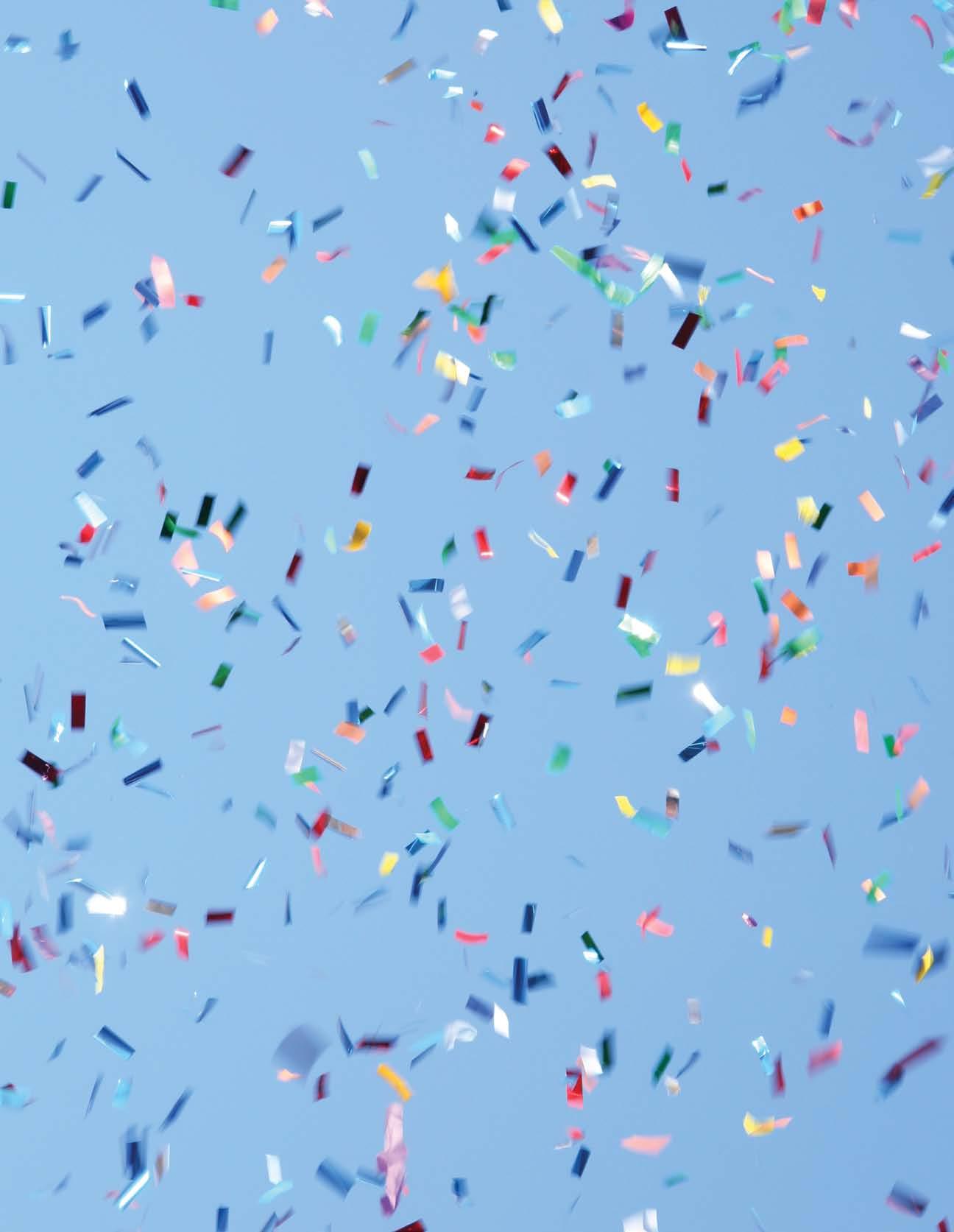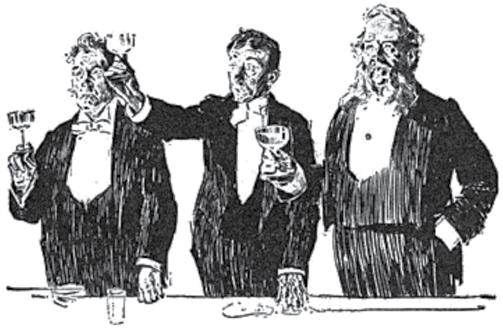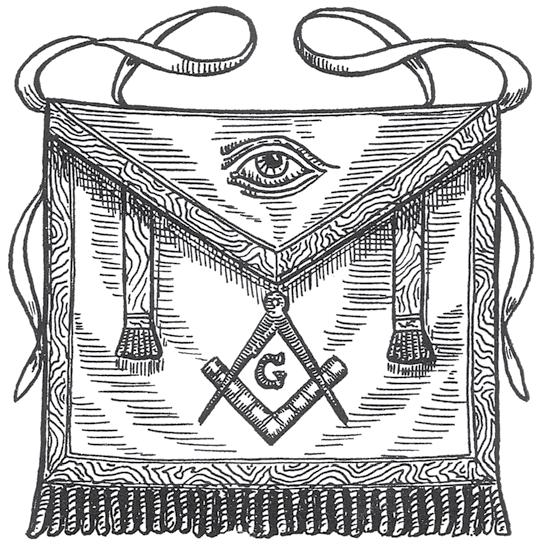
6 minute read
Prelude to a Celebration
Prelude to
Celebration
Stewart W. Miner, PGM
Grand Historian

The Grand Lodge of the District of Columbia now A century ago our constituent lodges were meetstands on the threshold of its bicentennial year. ing, in addition to the Grand Lodge Building, at sites This threshold significantly differs from the one located on Capitol Hill (Naval 4 and Arminius 25), in that was occupied by the Masons of D.C. in the period Georgetown (Potomac 5 and George C. Whiting 22), immediately preceding the centennial celebration of in Anacostia (Anacostia 21), and in Masonic outposts 1911. Hence, considersituated at 19th and ation of some of those Pennsylvania Avenue, differences, based on N.W. (Hiram 10); Park information appearing in Road near 14th Street the proceedings of the (Mt. Pleasant 33); in Grand Lodge, implicitly Brightwood Hall (Stanssuggest a few possible bury 24); Brookland Hall goals that may be wor(King David No. 28); thy of consideration Takoma Hall (Takoma during 2011. No. 29); and TennalIn 1909, as of September 30, there were 28 lytown Hall (William R. Singleton No. 30). constituent lodges in the Over the years since Grand Lodge of D.C.; on then, because of a numthe same date in 2009, ber of factors beyond there were 38, of which the scope of this article, two, Convass B. Dean many of the Masonic Memorial and Pythagostructures and the ras Lodge of Research, lodges that they housed were chartered for spehave disappeared. Those cial purposes. Today buildings which once there are a signifiattested to our “neighcantly greater number borhood presence” of degree-conferring were in many instances lodges (37) than there sold and all too often were during that threshthe resident lodges that old year 100 years ago. they housed have disIn the pre-centennial years of 1909-1910 there were more lodge appeared, primarily through the process of consolidation or merger. meeting places, Masonic Now our 39 lodges are halls, if you will, than centralized into just there are now, and at The former Grand Lodge Building, 13th and NY Ave., NW seven overcrowded that time, we had a facilities, where because downtown Grand Lodge building at 13th Street and of the demands for space, they have no option but to New York Avenue. Moreover those lodge sites were operate under trying “once a month” conditions. A fairly well distributed across the city, attesting to the century ago all of our lodges convened twice a month “neighborhood character” of Freemasonry in D.C. at for stated communications and, when necessary, also that time. for special communications. Moreover, the brethren
met twice a month, in the Grand Lodge Temple, for schools of instruction, a luxury we can no longer afford.
The prosperity of the pre-centennial period enjoyed by our forefathers is suggested by the demographics of Freemasonry in the District of Columbia. In the year 1911 membership in DC lodges exceeded 9,000, or more than twice our current total. The membership was fairly well distributed as well; 14 lodges had memberships in excess of 300; 4 had between 400 and 500 members; and in three lodges, the roles included more than 500 members, of which in two, the number on the roles exceeded 700. Moreover, most of the Masons of that era resided in the District.
In contrast, as a result of consistently unfavorable trends since 1957, membership in D.C. lodges now totals only slightly more than 4,000, and lodges today are significantly smaller than they were at the time of our centennial. At present we have only one lodge with more than 400 members (Potomac 5); one lodge in the 300-400 range (Samuel Gompers-Benjamin Franklin 45); four in the category 200-300 (B.B. French 15, Naval 4, Hiram-Takoma 10, and Singleton-HopeLebanon 7); and 17 with less than 100 members each. Significantly, and in contrast to the centennial prelude years, most of our current members now reside outside the District of Columbia.
Review of the proceedings for the threshold years of 1909 and 1910 indicate, however, that while our forefathers were concerned about the upcoming Centennial, they were not exclusively focused on that event. True, they had a plan for a three day program for which they budgeted $2,500 “to defray the expenses of the Centennial Celebration,” but that plan was not their only concern. They were probably more worried about routine matters, such as managing and paying for the new Grand Lodge Temple and doing the things that Masons were expected to do in those days, including the approval of a charter, at the annual communication in 1910, of Mt. Pleasant Lodge No. 33.
One unusual expectation was fulfilled in 1910 when the Grand Master called a special communication to dedicate the Scottish Rite Cathedral, located at Third and E Streets, N.W. for the use of the local Scottish rite bodies. Another was the participation, by some 3,500 members of the Craft, at the invitation of the Episcopal Bishop of Washington, in a divine service conducted at the close of the Cathedral of St. Peter and St. Paul (Washington National Cathedral). Equally significant, during this historical year of preparation, was the participation of the Grand Master and other D.C. Masons in the development of plans that led to the construction of the George Washington National Masonic Memorial in Alexandria.
While Masonry must necessarily be concerned about its buildings and its numbers, its focus as an organization cannot be confined solely to that which may be quantified. Our interest is in the totality of man’s domain and in the improvement of the individual Mason through work and service, in the interest of bettering one’s society as well as self. Based on such a yardstick, the Masons of today, when assessed by standards established in the past, stand tall, and in the course of the past two decades Masons in the District of Columbia have achieved goals that could not be imagined by Masons a hundred years ago.
During this two-decade period Masonry in the District of Columbia has been transformed into the institution that it has always claimed to be, one in which the men of every race, country, sect and opinion now meet on the level, act by the plumb, and part upon the square. To do so we have modified our modes of operation to permit our members to operate in several languages, to use a variety of rituals in their work, and to internationalize the scope of their interests. We have stood tall, under trying circumstances, preparing the Craft for challenges that are yet to be delineated.
The foregoing suggests that as we prepare for the upcoming celebration of 200 years of Masonic service in the District of Columbia, we should look beyond the several events of that celebration to address fundamental issues that will inevitably affect the future of Masonry in the District of Columbia. Wouldn’t it be wonderful if we could, in 2010:

∙ Reverse prevailing membership trends and register a net gain for the year?
∙ Charter a new, Bicentennial Lodge, reflective of our multi-ethnic interests?
∙ Re-establish Masonry’s neighborhood presence, possibly in collaboration with Prince Hall brethren in this city?
∙ Develop and use additional meeting places to relieve the over-crowding that now restricts implementation of plans?
∙ Once again offer meaningful Grand Lodge Schools on a regular schedule?
∙ Re-focus attention on all those parts of fraternal life that contribute to the individual’s ability to improve while serving others.
The past, as Shakespeare noted, is prologue, my brethren. If you so believe, take heed. n







